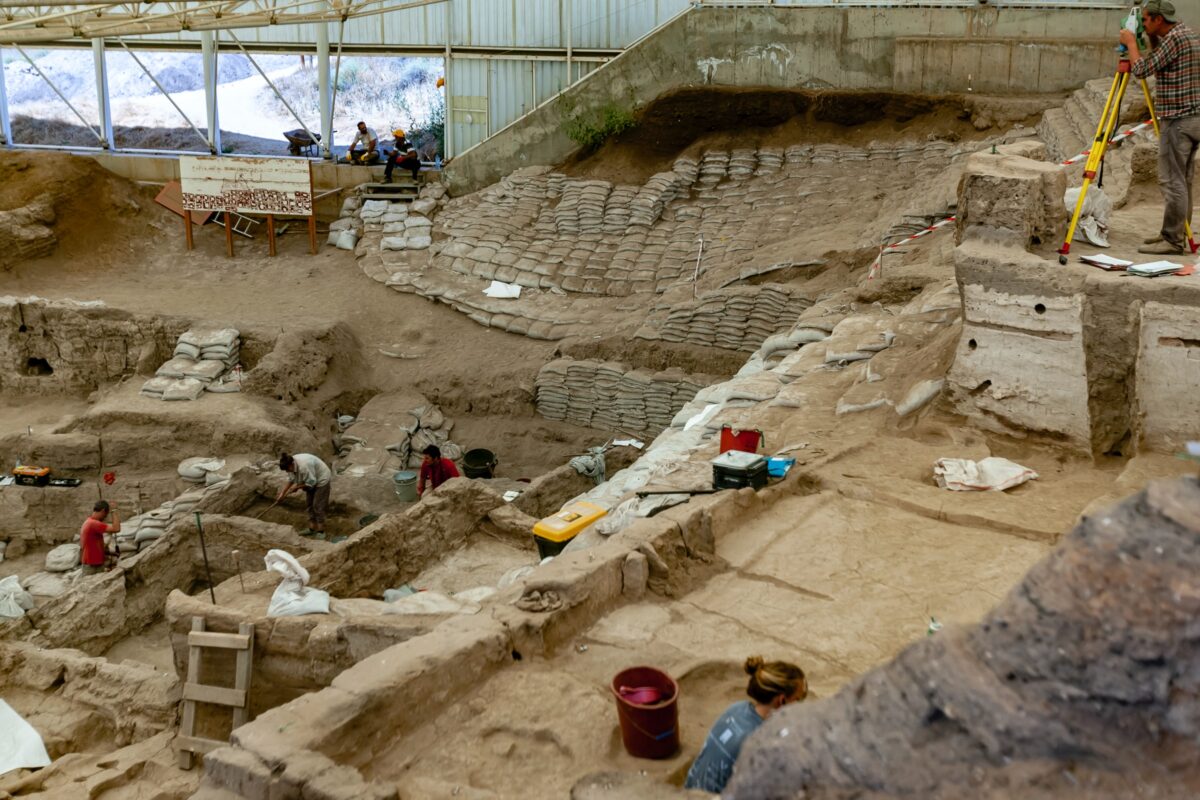Damage sustained in recent weeks irreparably damaged this history-making dish.
Arecibo, the world’s second-largest radio telescope, has broken. Fatally. Around 8 a.m. on December 1, a 900-ton instrument platform that was suspended above the large, light-gathering dish collapsed. It destroyed the telescope’s large dish. Even before this happened, however, two important cables that were needed as support for that platform had failed. This had already all but killed the telescope.
For 57 years, Arecibo had been picking up signals from space. The earlier cable losses caused so much damage, however, that the National Science Foundation (NSF) announced its telescope could not be saved. On November 19, NSF announced it would begin taking apart this 305-meter (1,000 foot) ear on the sky.
“It’s a death in the family,” says Martha Haynes. She’s an astronomer at Cornell University in Ithaca, N.Y.
Haynes had been using this telescope, located in Puerto Rico. Data from Arecibo helped her start a list of areas in space filled with hydrogen, an important gas. That list could help scientists learn how large collections of stars and planets form. “For those of us who use Arecibo and had hoped to use it in the future, it’s a disaster,” she says of the news.
And the telescope’s fame comes from more than just science. It’s also a famous movie star. It figured in the James Bond action film, GoldenEye. It also was a central player in a 1997 science-fiction movie called Contact.
The telescope’s wide dish collected radio waves. Invisible to our eyes, that radio light has wide wavelengths. So the dish needed to be large to collect the radio waves. The entire dish is more than three U.S. football fields wide! Once radio waves from space hit the dish, they were collected by detectors in a dome above it. In August, one cable that supported this dome slipped out of a socket. This ripped a hole in the dish.
Crews who manage the telescope had plans to repair the cable, Haynes said. Then, on November 6, a second cable broke. No one had expected that. Less than a month later, the whole dome crashed down onto the dish.
Ralph Gaume directs NSF’s Division of Astronomical Sciences. At first, experts were trying to save the telescope, he said in a statement. “But in the end,” he noted, “we simply could not do this safely.” But NSF plans on keeping other buildings and research tools at the site running. So science will continue there.
Still, losing this telescope is a major blow for astronomy. Built in 1963, Arecibo was one of the best facilities in the world for exploring space from Earth. It spotted things like mysterious blasts of radio waves from deep space. It spied near-Earth asteroids, too — ones that could potentially crash into our planet. It even helped search for extraterrestrial life (the theme of the movie Contact).
There aren’t many large telescopes like this, Haynes says. Each new one is designed differently. “So when you lose one, it’s gone.”
Losing the telescope is also a loss for Puerto Rico, says Kevin Ortiz Ceballos. He grew up watching Puerto Rican cartoons in which the characters went to Arecibo to use the telescope. His parents drove him an hour and a half to visit the instrument. He credits the famous landmark with sparking his interest in astronomy. Today he’s a radio astronomer at the University of Puerto Rico at Arecibo. He’d always wanted to come back to work at Arecibo after completing his Ph.D. And he did in fact get to use the observatory to study a comet and to look at stars that have exoplanets.
“Arecibo is like an icon of Puerto Rican science,” he says. It’s famous around the world. As such, he says, its loss “is absolutely devastating.”




